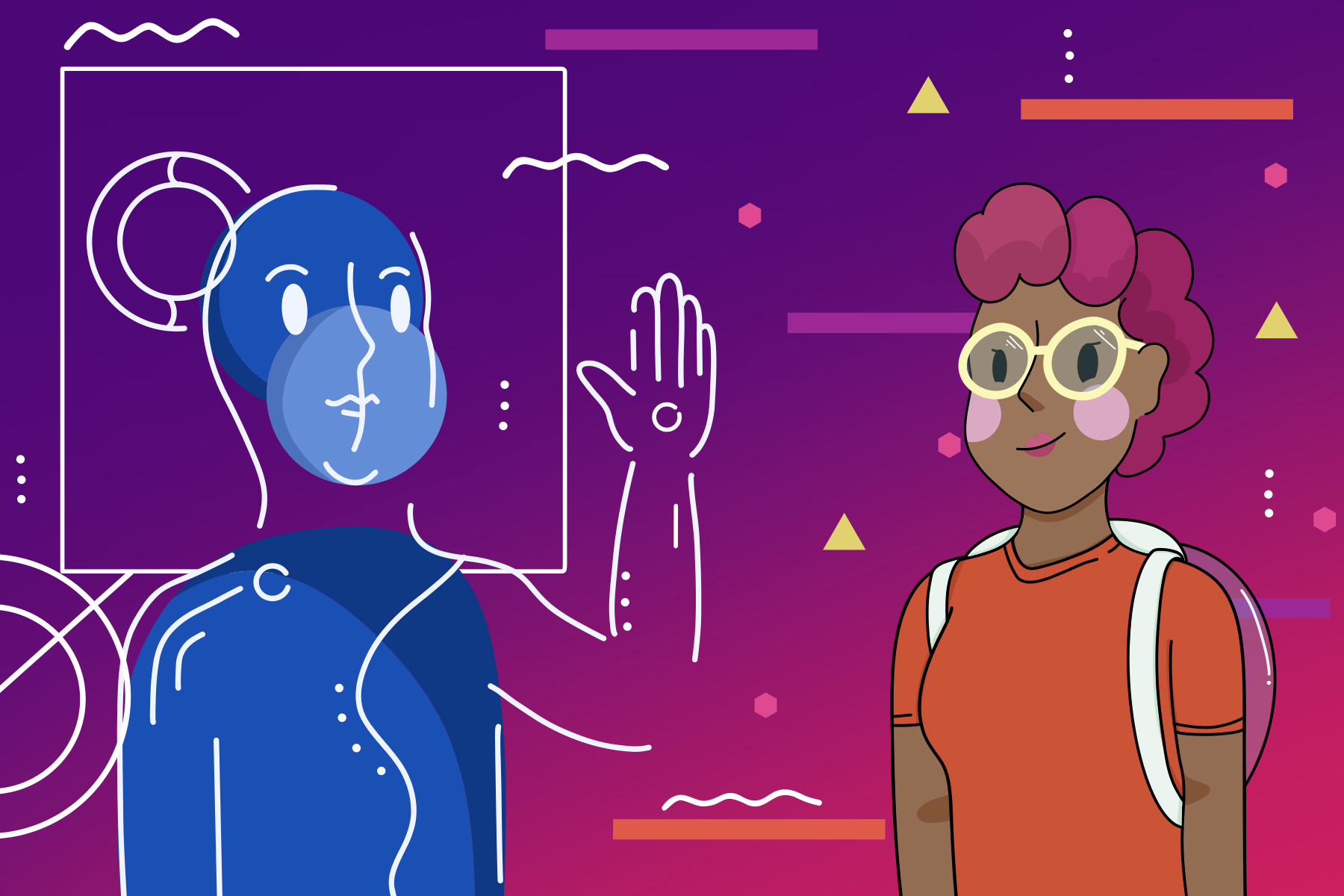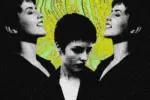In a world where technology is advancing at breakneck speed, it’s no surprise that the realm of influencers has taken a futuristic turn. Welcome V-Tubers, a unique breed of YouTubers who have traded human forms for digital avatars, and rising stars who are mastering the art of AI-generated content. The modern world embraces a reality where the virtual and the tangibly existing converge, delving into the intriguing, albeit somewhat dystopian, phenomenon of influencers capitalizing on AI and all of its attributes.
Imagine YouTubers with a twist—instead of a familiar face, they navigate the digital landscape through an avatar crafted with cutting-edge computer graphics. These virtual influencers, or V-Tubers, have taken the internet by storm. They can dance, react, play games and even share their thoughts, all while residing in the world of pixels and electronic computations. V-Tubers like Kizuna AI and Projekt Melody have amassed millions of subscribers who are drawn to the uncanny blend of humanity and technology. It’s a fascinating peek into the future of content creation.
Despite the popularity of V-Tubers, they still face backlash. Besides the common distrust of AI and the increasing hatred of ‘dehumanizing’ creators, there are situations where people outside specific V-Tuber communities look into certain events or interests and convey their own views. For example, a popular meme that’s been going around is people on TikTok making fun of people’s reactions during a physical concert-like event where a V-Tuber performs. Most people fixate on the crowds’ reactions to the V-Tuber changing their hairstyle in accordance with the song. The discussion around this meme fixates on the performer’s ‘physical’ absence. The V-Tuber just presents themself through a model, yet still garners such attention and adoration from their fans. While it is interesting to see the effects that the V-Tuber had on their concertgoers, it’s undeniable and completely plausible for people to be so invested in V-Tuber-centered events.
The allure of V-Tubing lies not only in the novelty of avatars but also in the unique personas these creators adopt. These digital alter-egos allow V-Tubers to explore creative avenues and express themselves in ways they might not be able to as their physical selves. It’s a form of artistic liberation that blurs the line between reality and the virtual realm. While this may seem silly to some (and can be in certain scenarios, such as the aforementioned event), V-Tubers provide an interesting insight into building a virtual character that may or may not differ from oneself.
In a world where human creativity knows no bounds, it’s both awe-inspiring and slightly unnerving to witness digital masterpieces come to life through lines of code.
Musicians, long regarded as the custodians of creativity, are now collaborating with AI to compose melodies that resonate with the soul. AI systems analyze existing compositions, identify patterns and generate original music that spans genres.
Artists, too, have embraced the collaboration with algorithms, creating mind-bending visuals that challenge our perceptions. These partnerships between human creators and AI tools have given birth to artworks that would have seemed unimaginable just a few years ago. The canvas becomes a playground where the brushstrokes of a human artist merge seamlessly with the precise calculations of an algorithm.
But it’s not just the world of art and music that AI has infiltrated. Content creators across platforms are tapping into the power of algorithms to generate videos that leave viewers astounded. From deepfake technology that inserts a familiar face into iconic movie scenes to AI-driven storylines that keep us on the edge of our seats, the possibilities are endless.
Particularly, there is an increase in creators who capitalize on the ease and creativity of AI. Accounts on TikTok, Instagram and YouTube are dedicated to the creations of AI, ranging from vertical-version of TV shows and movies to computer-generated superheroes. While there is discourse about effort and genuine creativity, these things represent a new era of content creation and entertainment.
But wait, isn’t there something eerily dystopian about influencers relying on AI to churn out content? While it might seem like a page torn from a science fiction novel, the reality is that the demand for AI-powered content is soaring. Take the TikTok AI Live trend, for instance. Content creators are immersing themselves in the persona of artificial intelligence while broadcasting live on the platform. They adopt a monotonous voice, interact with viewers as if they were genuine AI systems, and engage in conversations that straddle the line between hilariously absurd and unsettlingly plausible. It’s a trend that has garnered attention, not just for its entertainment value, but for its reflection of people’s increasingly digitized lives in society.
The allure of AI-generated content lies in its novelty and its potential to push the boundaries of creativity. It’s a departure from the traditional methods of content creation, a venture into uncharted territory where humans collaborate with algorithms to birth something entirely new.
And yes, it presents a legitimate form to make money, even in its perceived oddity. Just as art movements of the past have challenged norms and shocked sensibilities, the world of AI-powered influencers provokes a similar reaction. As the line between human and machine blurs, these creators are navigating uncharted waters, generating content that resonates with audiences and challenges the very definition of creativity.
One thing is certain: AI-powered influencers are here to stay. Whether it’s V-Tubers adding a digital twist to their personas or content creators leveraging AI for their artistic endeavors, this intersection of humanity and technology is a testament to our boundless creativity. So, next time you stumble upon a virtual avatar discussing the weather or a musical masterpiece composed by lines of code, remember, it’s not just an oddity—it’s a glimpse into a future where innovation knows no limits.
















